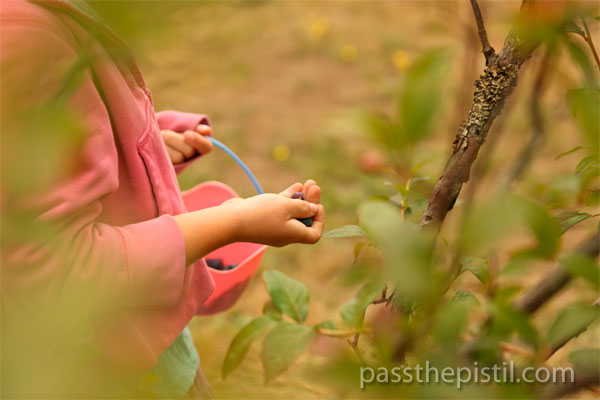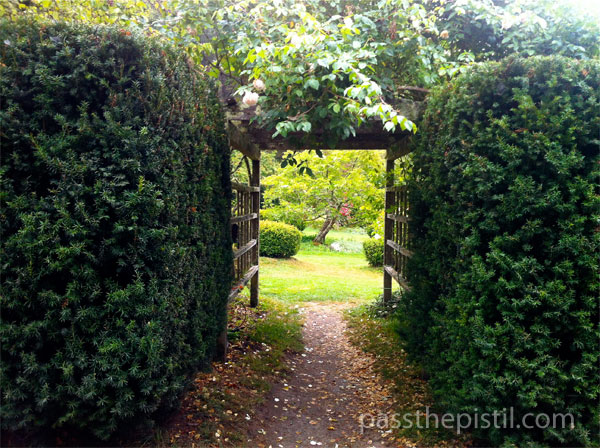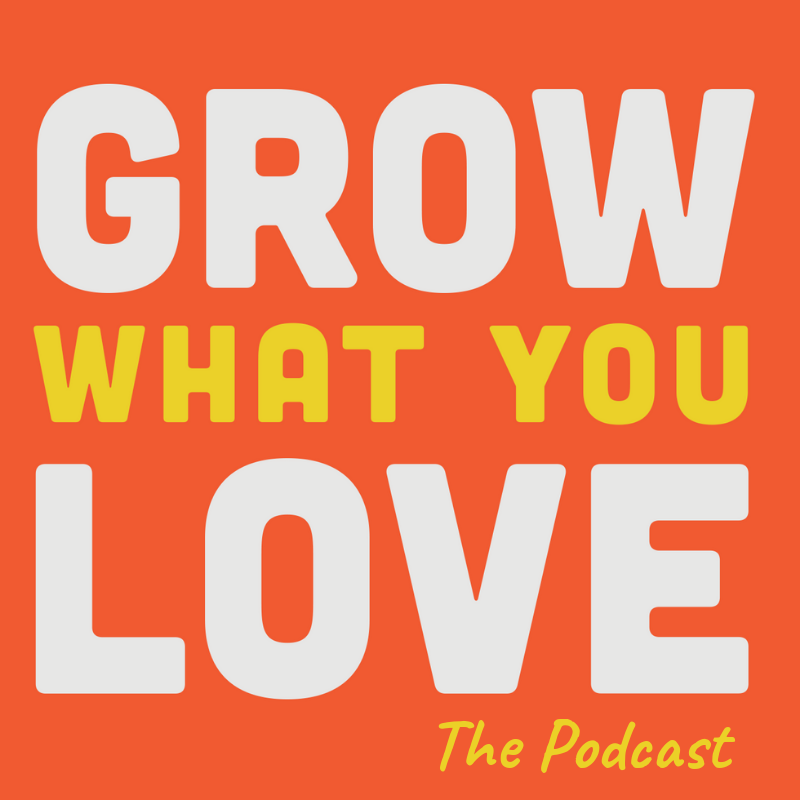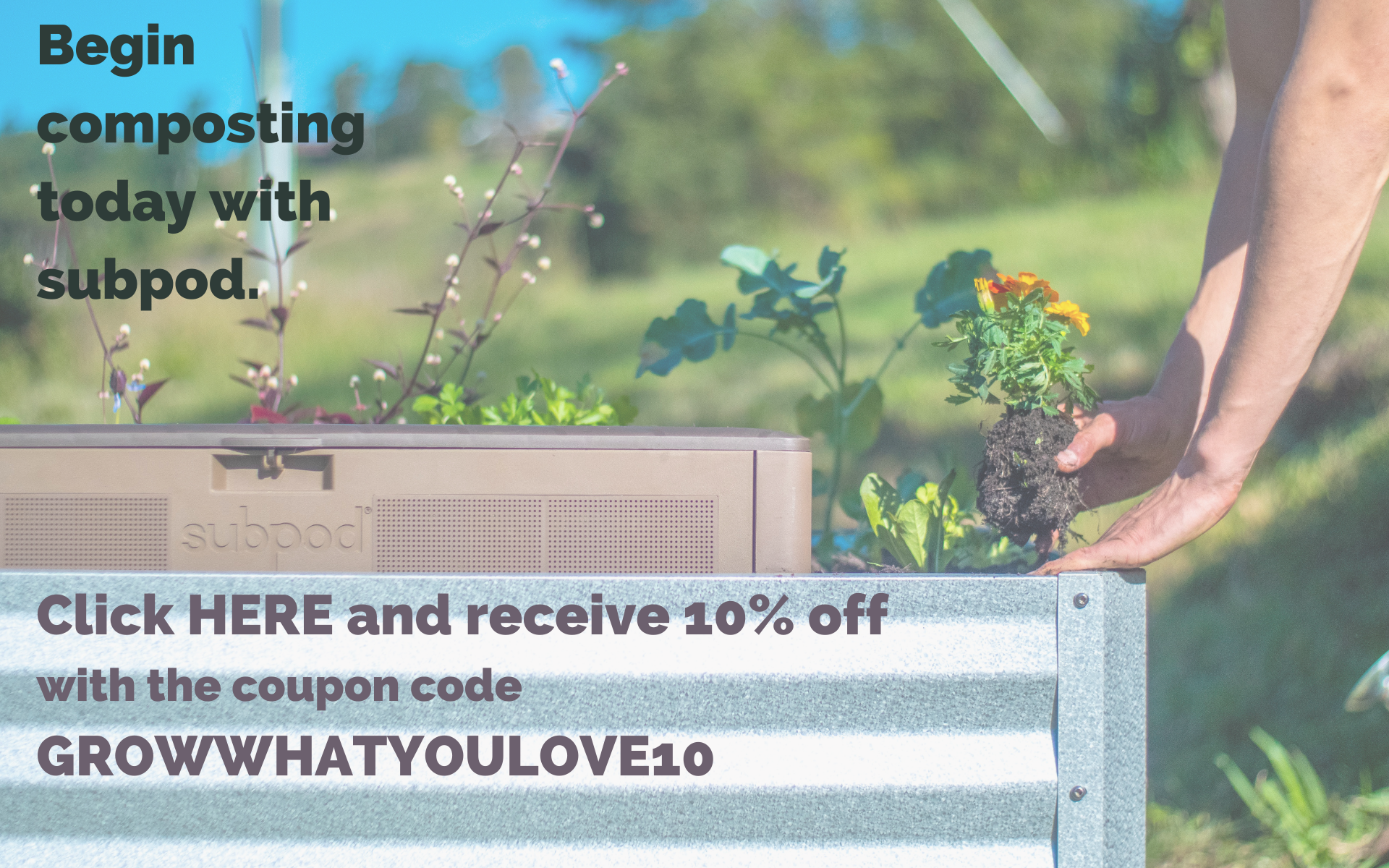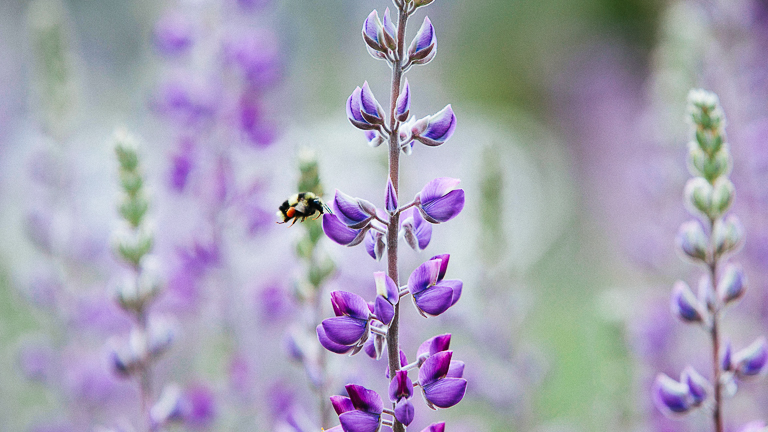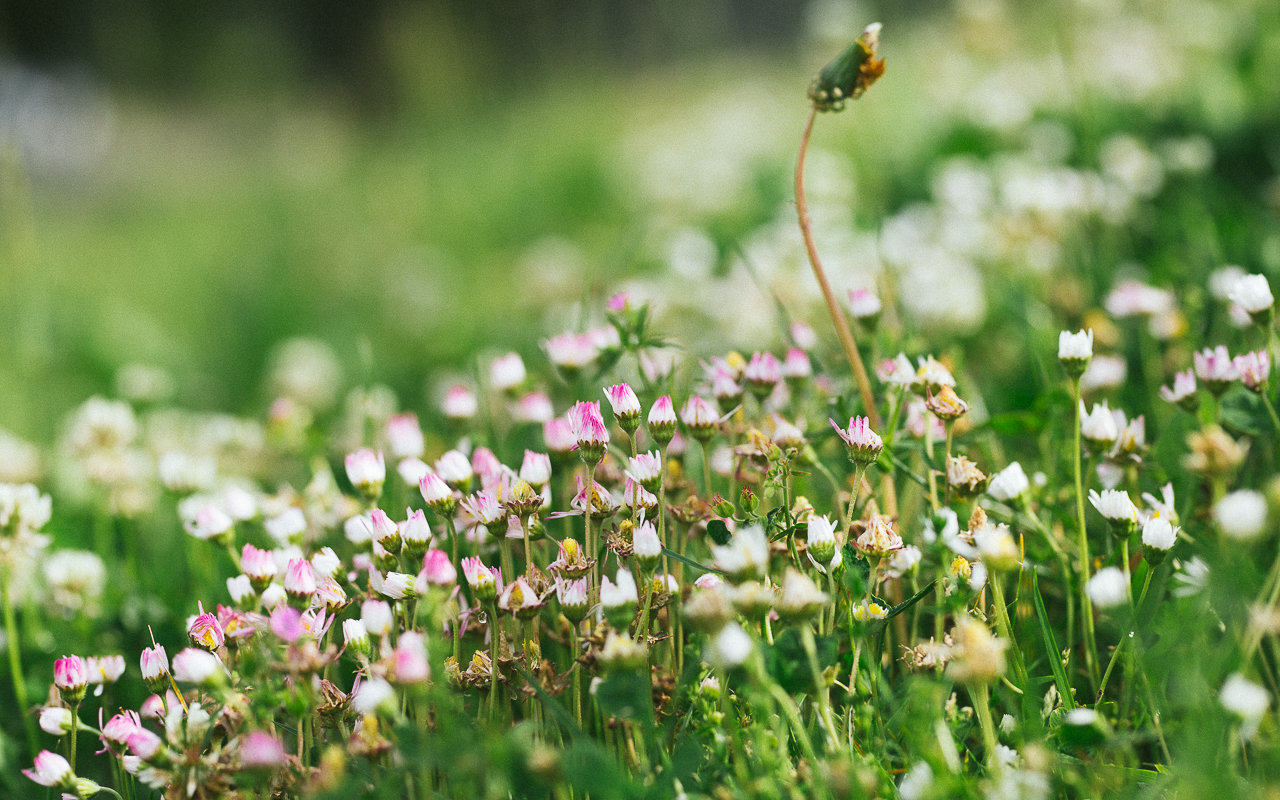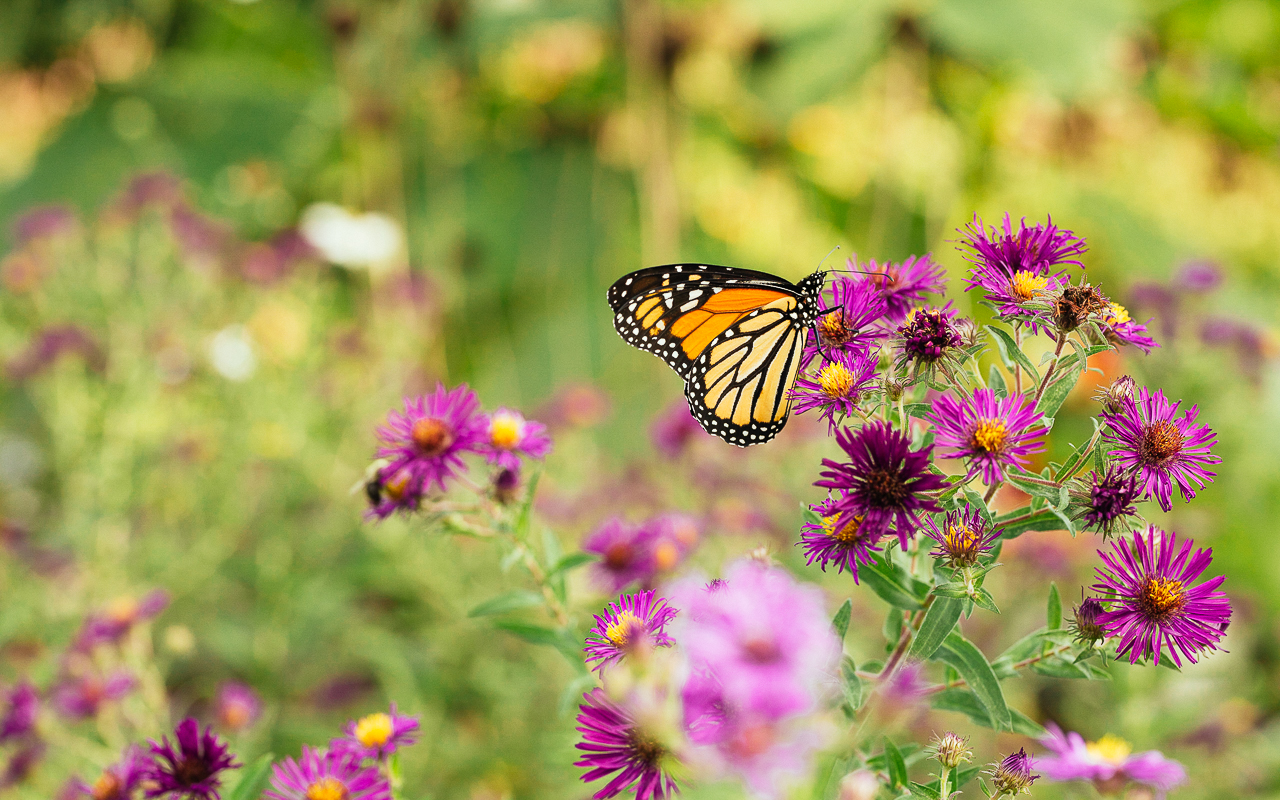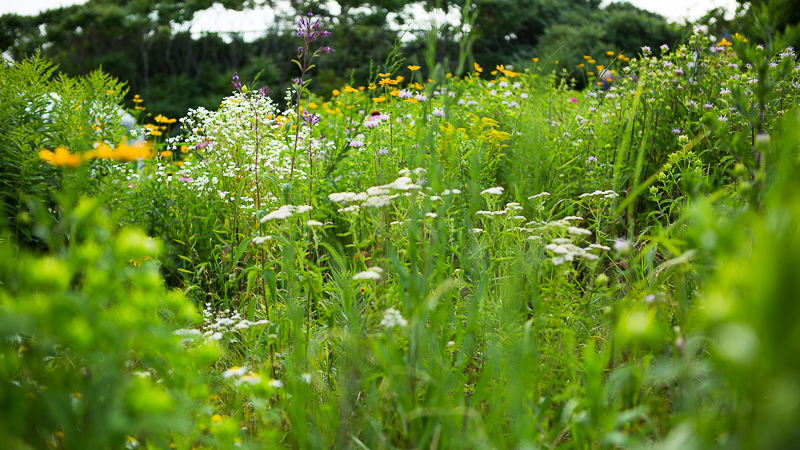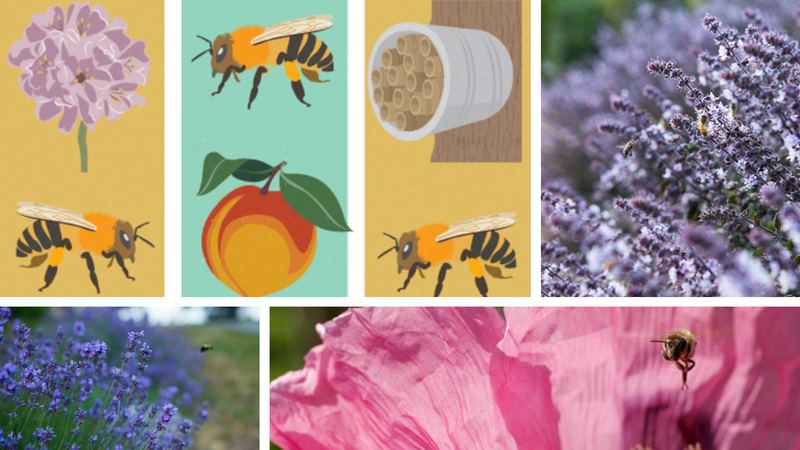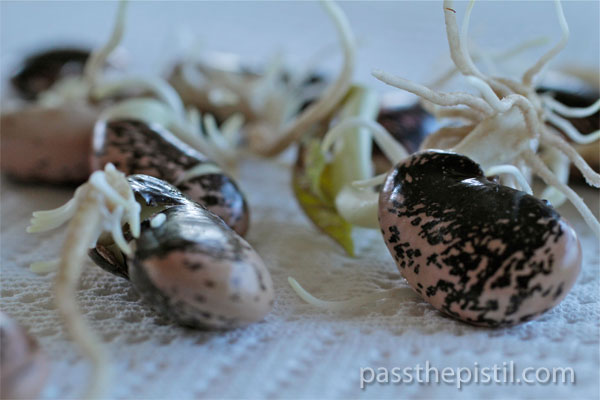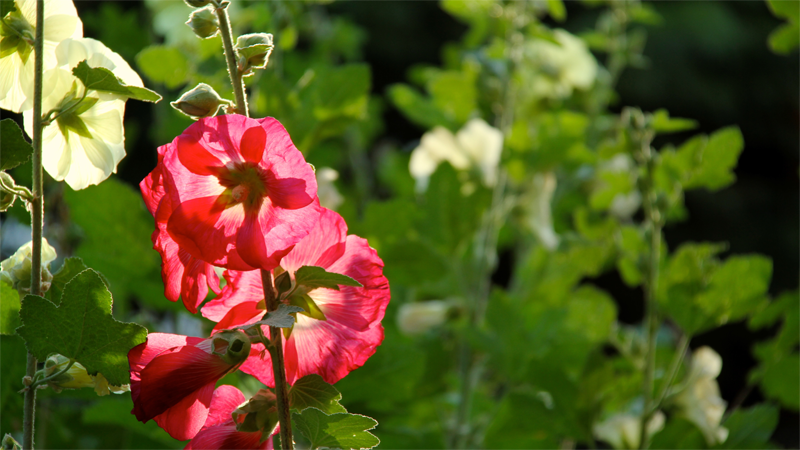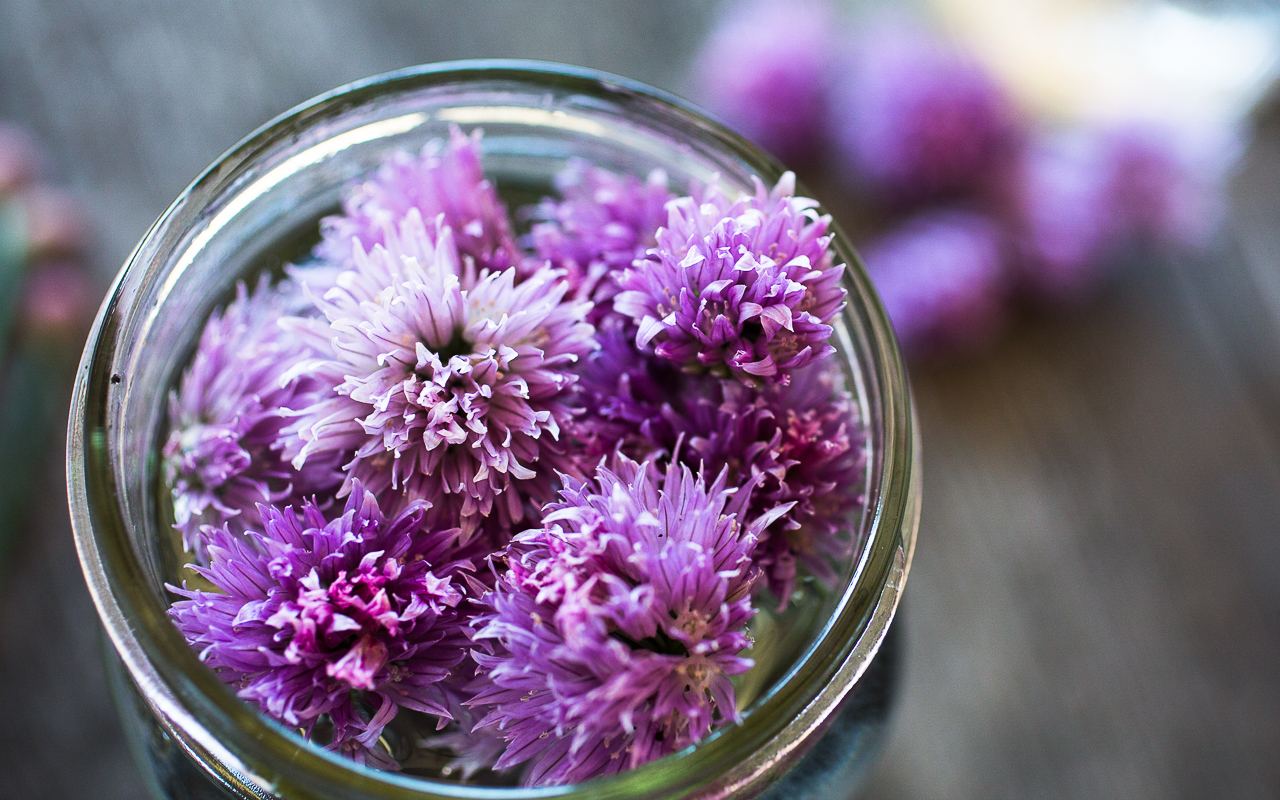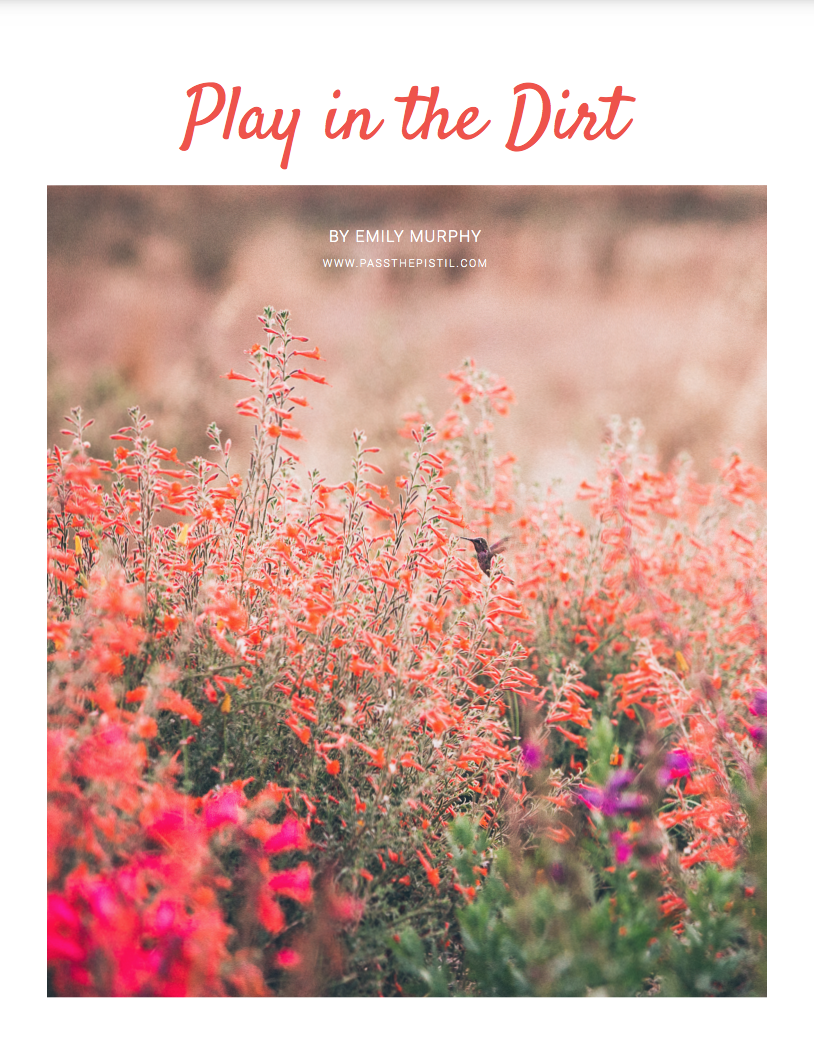Eight Tips to Create a Butterfly Waystation
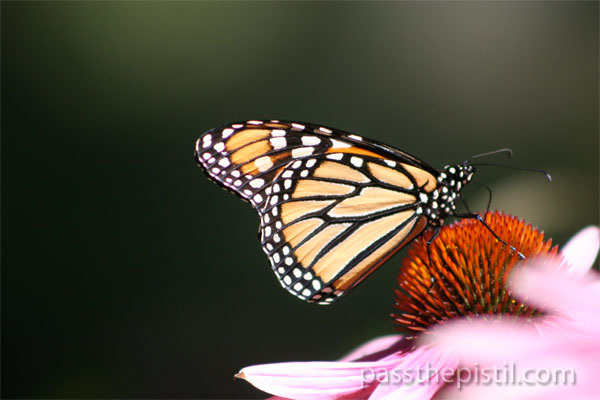
We’ve been lucky this year. The honeybees, bumbles and native bees are regular visitors to the garden, but to see a butterfly feels like a treat. If I’m understanding the findings of the Urban Pollinator Project out of the UK correctly, I feel pretty confident in saying that our gardens are more important than ever. Not only for bees and butterflies but for so many other creatures we share space with. It seems that if we all make a little room for pollinators it would do an awful lot of good. Our patchwork of gardens are habitats linking together surrounding landscapes and all the places in between.
Here are a few basic tips to create a home for butterflies in your garden:
- Grow plants butterflies and butterfly larvae like. Butterflies are attracted to flowers with clusters of tubular, nectar rich flowers. Flowers like those of viburnums, buddleia, echinacea, rudbeckia, aster, asclepias and dandelion. Caterpillar host plants are often specific and can be limited to a single species, genus or family of plants. Growing host plants provides habitat, cover and forage. Providing both nectar and host plants in your garden means you have a better chance of supporting the butterfly life cycle. Go to the Monarch Watch website for plant specifics.
- Get to know the butterflies endemic to your area. Understanding the butterflies of your region will help you focus your observations and narrow your plant selections. See the online guide to butterflies and moths of North America.
- Choose a variety plants that take turns blooming throughout the year. Provide habitat and nectar through the seasons by planting grasses and flowers that bloom or take turns blooming through the seasons.
- Natives are important but some ornamentals are too. In California, the Pipevine Swallowtail butterfly is dependent upon native pipevine plants as host to it’s larvae. However these same animals, as butterflies, will forage from the nectar of native and non-native flowers.
- Be bold. Butterflies are attracted to patches of color. Plant in large swathes or groups of the same plants. Plan your clusters by the meter or more.
- Join the puddle club. Give up some space for “puddling” – a patch of bare soil that can become muddy from rain or irrigation. Butterflies will land in these areas to suck fluids for water and salts.
- Think diversity. A diversity of plants will provide for a diversity of animals, supporting a vigorous and healthy food web. Good bugs and bad bugs alike.
- Don’t use pesticides or herbicides.
Listen
Buy The Book
Special offers
Newsletter Signup
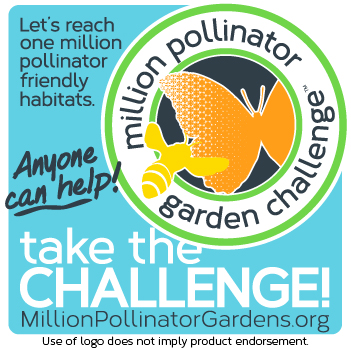
Archives
Disclosure
Pass The Pistil is a participant in the Amazon Services LLC Associates Program and other affiliate programs such as Etsy, affiliate advertising programs designed to provide a means for sites to earn fees by advertising and linking to curated affiliate sites.


